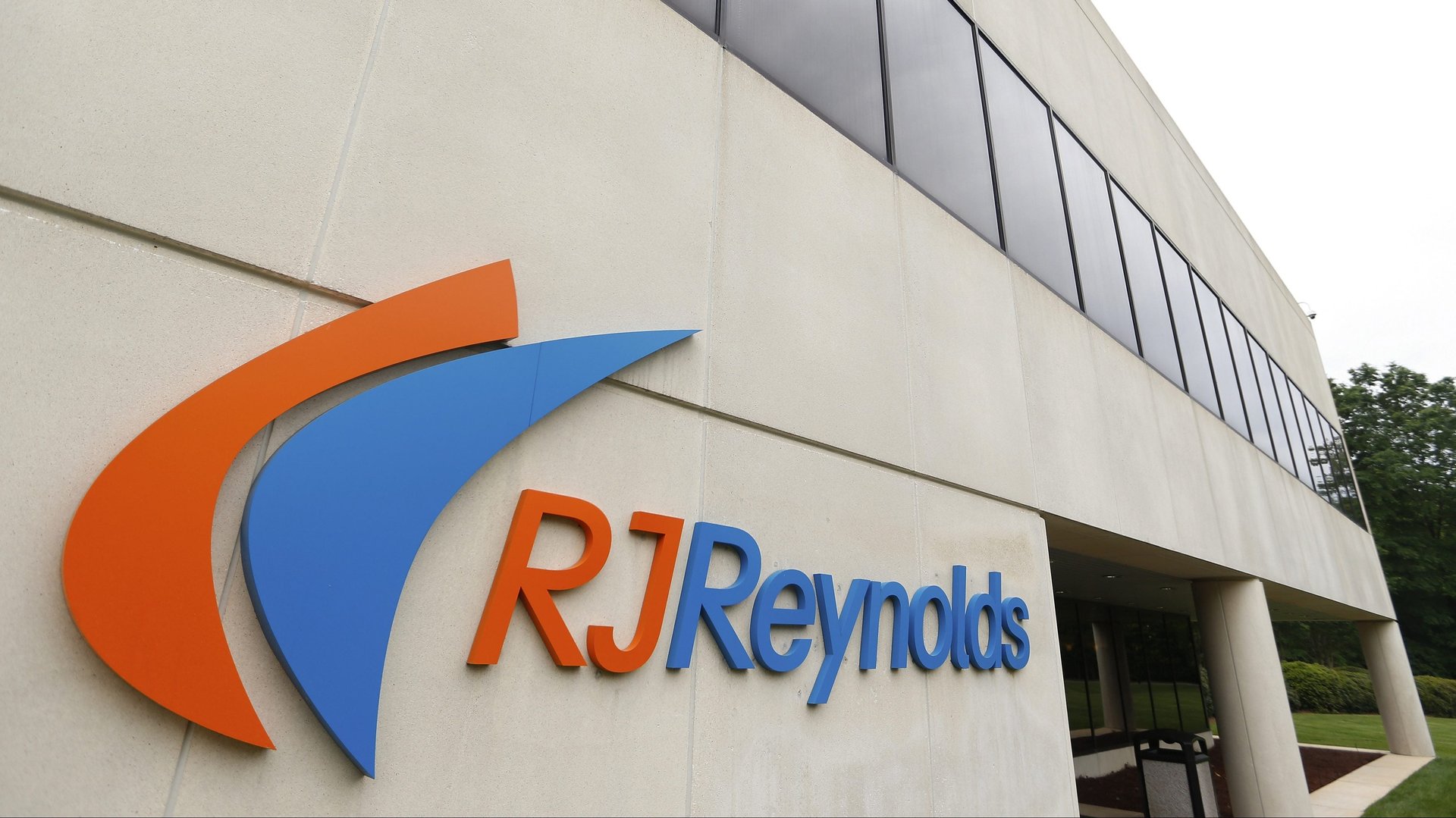With its e-cigarette authorization, the FDA is buying into Big Tobacco’s narrative
Yesterday, the US Food and Drug Administration (FDA) gave tobacco company RJ Reynolds permission to market its Vuse’s Solo e-cigarette. This is the first vaping device to receive marketing authorization from the FDA, which it said will help to reduce the consumption of regular cigarettes.


Yesterday, the US Food and Drug Administration (FDA) gave tobacco company RJ Reynolds permission to market its Vuse’s Solo e-cigarette. This is the first vaping device to receive marketing authorization from the FDA, which it said will help to reduce the consumption of regular cigarettes.
The FDA didn’t approve the e-cigarette—it authorized it. The difference might seem subtle, but it’s substantial. The FDA does not approve tobacco products, because none of them are safe for consumption in any amounts. Rather, it just authorizes their marketing, which means it can be sold in stores.
What does FDA authorization mean for Vuse e-cigarettes?
The FDA received about 6.5 million applications for review of e-cigarette, many by small producers, between 2019, and Sept. 9 deadline. About 5 million of them were denied authorization, which means these products can no longer be marketed in the US.
Reynolds obtained the authorization for three products: the e-cigarette itself, as well as two replacement cartridges. Authorization for 10 flavored products was denied.
Vuse’s Solo is the only e-cigarette authorized so far, and it can be marketed with the health warnings applied to tobacco products. It is not, however, the only e-cigarette or vaping product available for purchase in the country. Products still under review, including the controversial Juul, can still be marketed until authorization is denied.
Are e-cigarettes safer than regular ones?
According to the FDA, Reynolds presented evidence that smokers are likely to replace their regular cigarettes with Vuse, either partially or completely, which puts them at a lower risk of inhaling the harmful chemicals associated with regular cigarette smoking. Because of this, in the eyes of the FDA the product represents a tool to protect public health.
The idea of authorizing a tobacco product with a lower risk of harmful exposure than a combustible cigarette is part of a harm reduction approach to managing the tobacco use epidemic. It isn’t realistic to think all smokers will quit, so the next best option is to offer them products that are still dangerous for their health, but less so.
Picture tobacco risk as a continuum: On one side are cigarettes, the most unhealthy option, and on the other is consuming no tobacco at all—the only truly healthy option. Everything in between, the harm reduction argument goes, is better than combustible cigarettes. It is under this framework that Philip Morris International’s heated tobacco system received a “modified risk marketing” authorization last year, which allows it to market the product as safer than other tobacco.
Still, research on the health consequences of smoke-free tobacco products is as new as the products themselves, and there isn’t enough conclusive evidence they can help quit smoking, or that they don’t attract new smokers, including teens.
The narrative of a continuum of risk is, however, one that benefits tobacco producers, and is heavily promoted by them. With cigarettes progressively losing market shares and facing strict regulations in wealthy markets (for instance, the UK has pledged to ban all regular cigarettes by 2030), the opportunity for tobacco companies is to turn smokers into consumers of other tobacco products.
Theoretically, not marketing to new tobacco users (which tobacco companies are not allowed to do) would mean these smoke-free products are a bridge to wean society off tobacco, but it’s hard to tell whether indeed no new users will be attracted by e-cigarettes or other noncombustible tobacco, especially when regular cigarettes become harder to come by. The revenue from tobacco products in the US is more than $50 billion, and with noncombustible products, manufacturers can continue profiting from it.
Whether that happens remains to be seen, but in the meantime, these new products, while potentially helpful from a public health perspective, ironically also allow the tobacco industry to continue profiting from the health crisis it created.